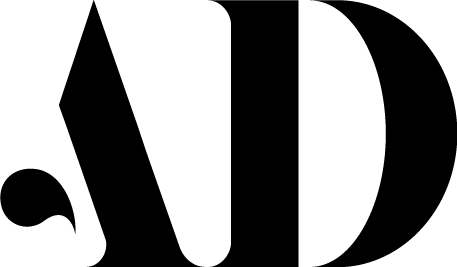Design lead
Kiosk design
Product design

Overview
My role
- Product design
- User experience design
- Prototyping
- Heuristic analysis
Objective
Freeman, a leading global event agency was working to overhaul their exhibition show-sites which included their digital products to support their exhibitors. The primary objective was to modernize their show-site experience to be forward thinking, helpful, and intuitive for their exhibitors positioning Freeman at the forefront of event agencies with a digital-first approach.
Solution
I worked across three different products for Freeman. One was an application to be used for their print kiosks . These would function as digital assistants, cutting out the need to wait for human assistance. They would make exhibition teardown seamless, eliminating wait times to print shipping labels and arrange pick-up.
The other web-based products I worked on were their “On-site Checklist” and “Passport”. The purpose of these products were to ease the end-to-end experience for the exhibitors to manage their exhibition spaces. This included the ability for exhibitors to pre-order what they needed for their booths, setup and teardown needs, as well as transport and preparation for any materials needed on the day.
A streamlined process for exhibitors to self-serve and plan their exhibition in advance, on the day, and afterwards without needing to rely on the availability of representatives. Digitizing the process also gave internal Freeman teams visibility into what was required for setup and teardown, giving them the ability to accurately plan, removing guesswork.
Product leads, project managers, engineers, a UX/UI designer (yours truly) and business unit stakeholders for Operations, Growth and Exhibition Services.

How I achieved it
Discovery and experience
I met with the different product teams, including business unit stakeholders, to understand both business and user needs. Users included both customers and the internal teams whose role was to execute customer requests.
Business units had direct communication with exhibitors, making them a great source to understand what the users needed on the ground. They were also a great source to elucidate frustrations and pain-points such as system feedback when actions were executed.
Analysis and identification
I conducted heuristic usability evaluations to get a deep understanding of the products, their function, and performance. I discovered that way finding was a key area that needed attention. To address this I focused on analyzing current and future state sitemaps and user-flows. This gave me a zoomed-out view of how best to structure the information architecture and navigation.
I met with key stakeholders to get a thorough understanding of their capabilities and offerings. I also had oversight of user interviews to help understand user thought processes, needs, and any gaps in the existing products. I gained insight into what was working and what areas needed to be revisited and refreshed as well as identifying new functionality that could benefit the user bases.
Execution
I leveraged design thinking and Miller’s law to chunk data into digestible pieces. I made enhancements to functionality, interaction, and the visual design. I prioritized keeping familiar elements to avoid a jarring experience for the many users who knew the product well and used it often.
One function that I identified was the need for visibility. I determined that the product must have the capability to notify exhibitors and internal teams of key points in the journey to keep operations running smoothly and exhibition days seamless. I achieved this by setting notification triggers and confirmation cues at key points. Visibility was a key component for the different types of users. For example it enabling internal teams to perform tasks in a timely and efficient manner and to ease stresses for exhibitors.
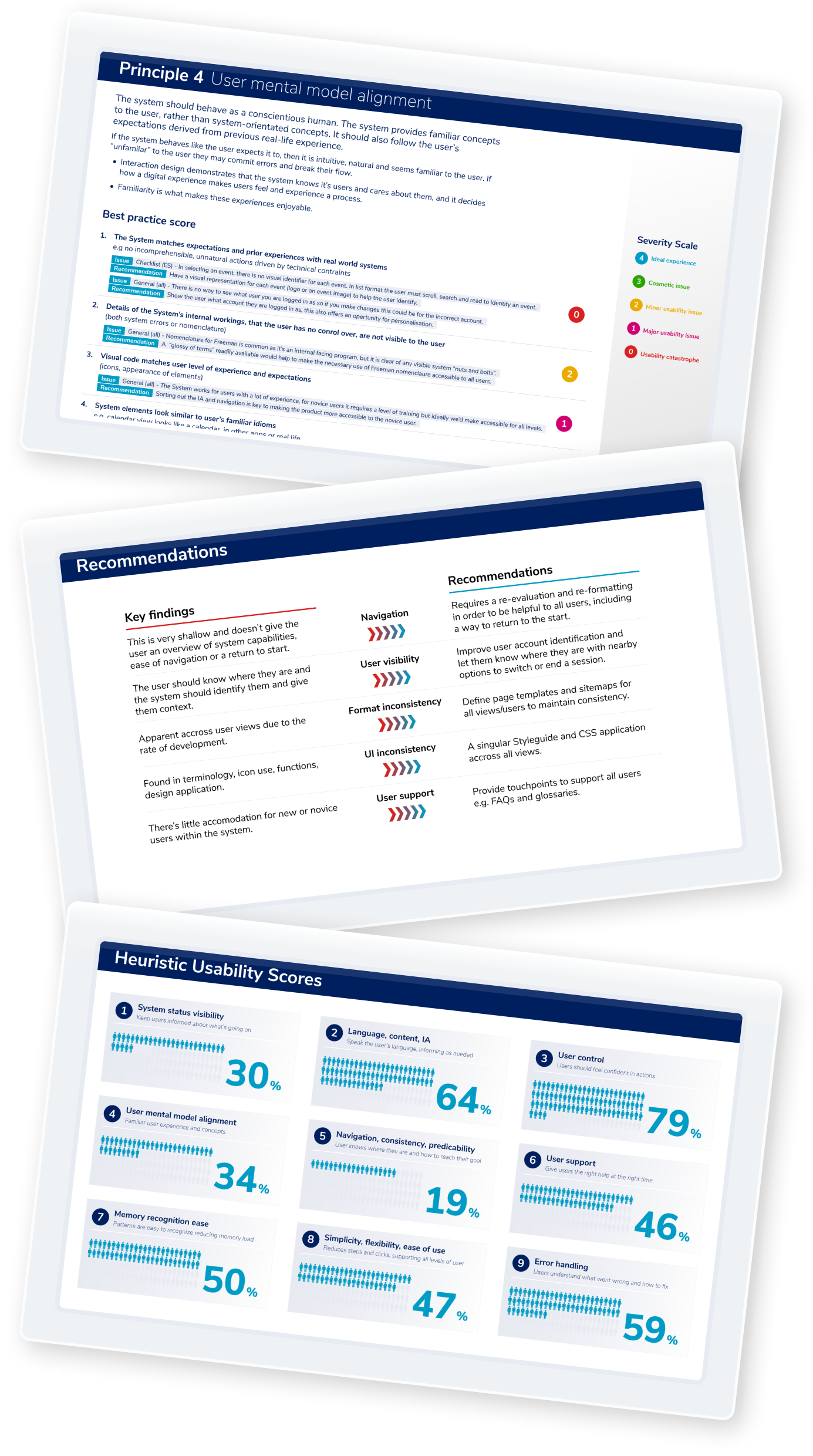
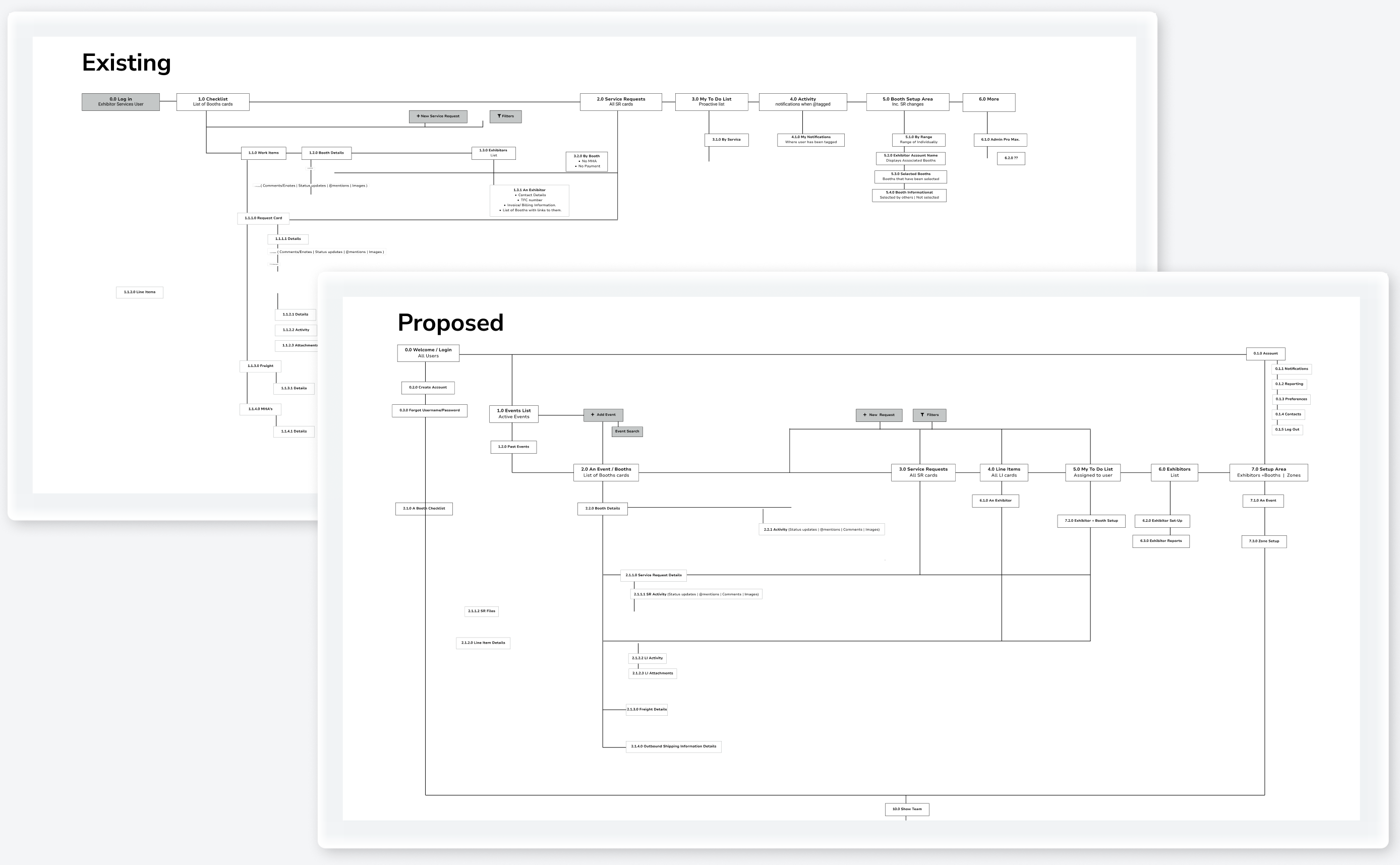
What I achieved
Show-site modernization launched that year with the print kiosks drastically reducing wait times and giving exhibitors autonomy when it came to show teardown. OCC and Passport, now with a user centric focus, helped to streamline day-to-day workflow for the business’ workforce, maximizing efficiency while increasing visibility for exhibitors.
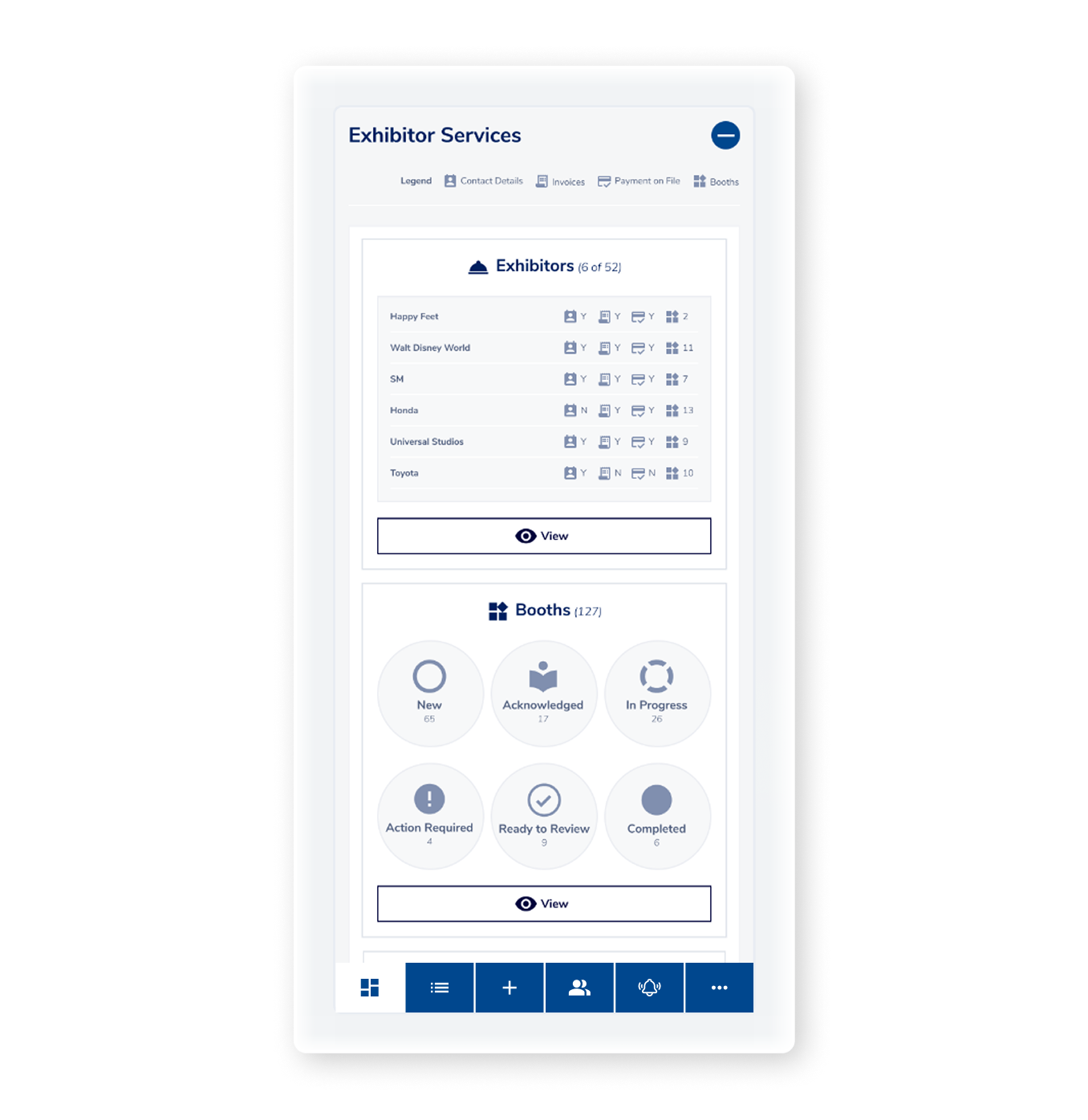
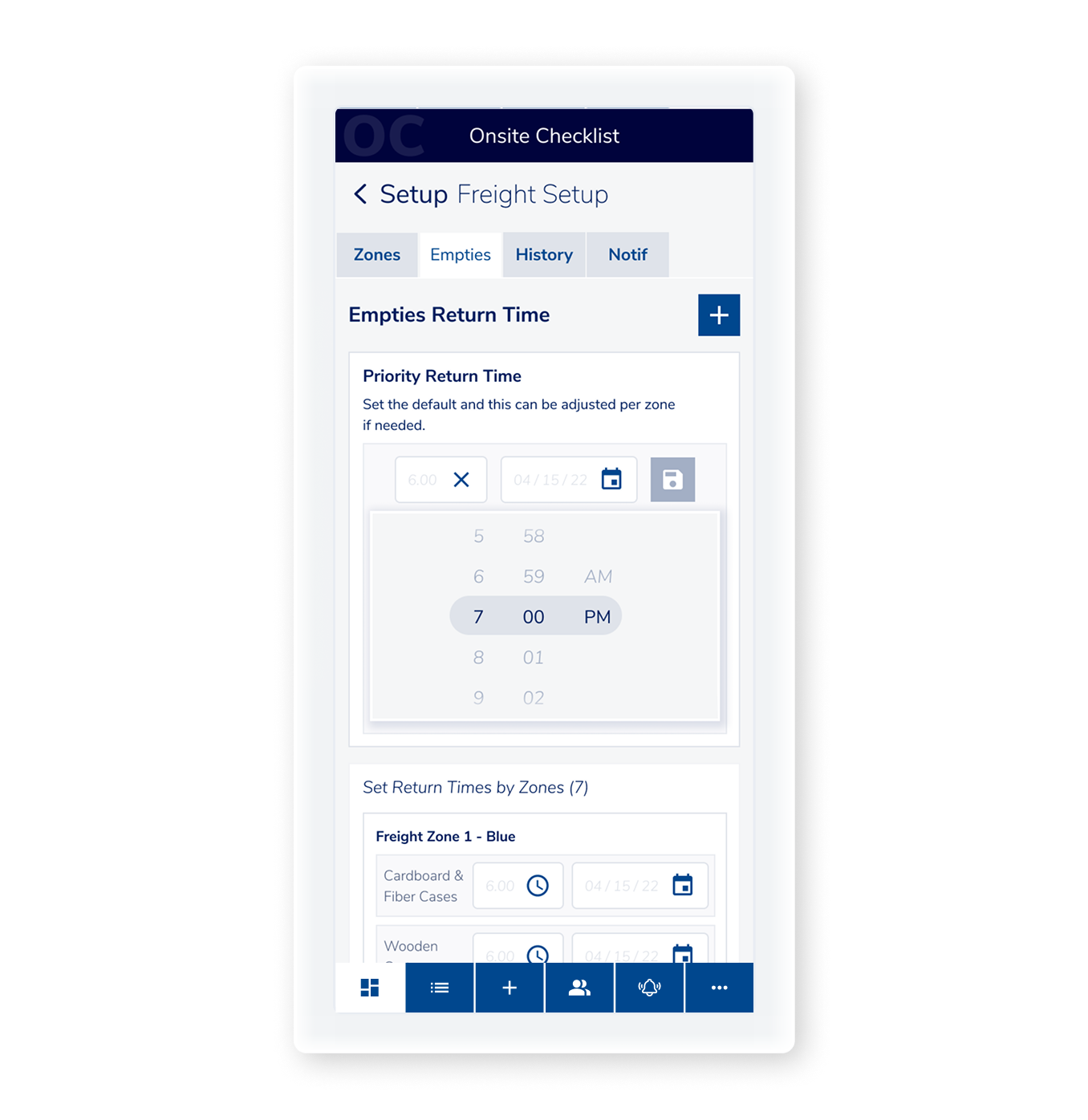
“an intuitive user interface brings a wow-feeling to my user community ”
"Aoife is a well-seasoned, hands-on, experienced UI/UX designer who brings her experience to life in my project: the mock-ups and screen designs combined with an intuitive user interface are always spot on and even brings a wow-feeling to my user community. She is pro-active, not afraid to state and defend her opinion, and is a great team player."
Carl Rasquin – Senior Project Manager, Freeman
